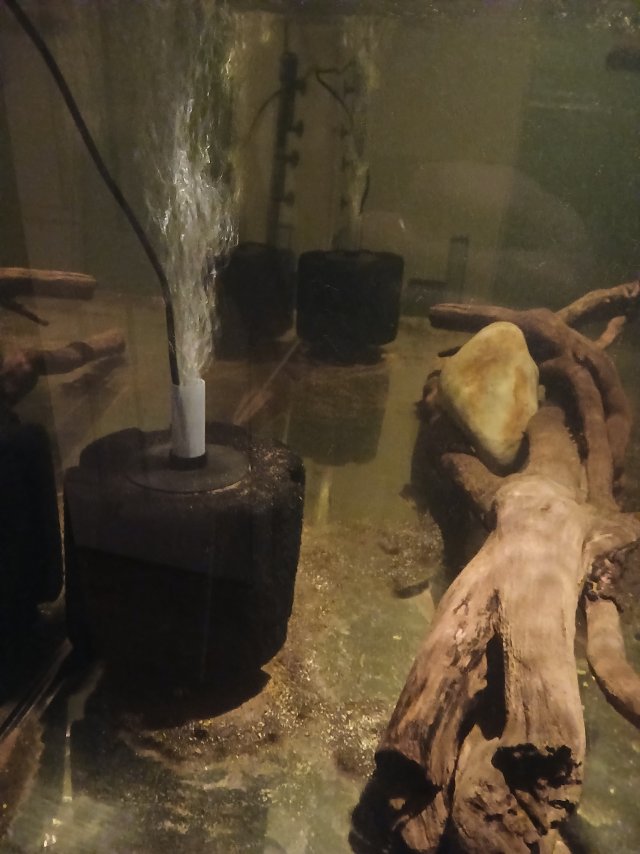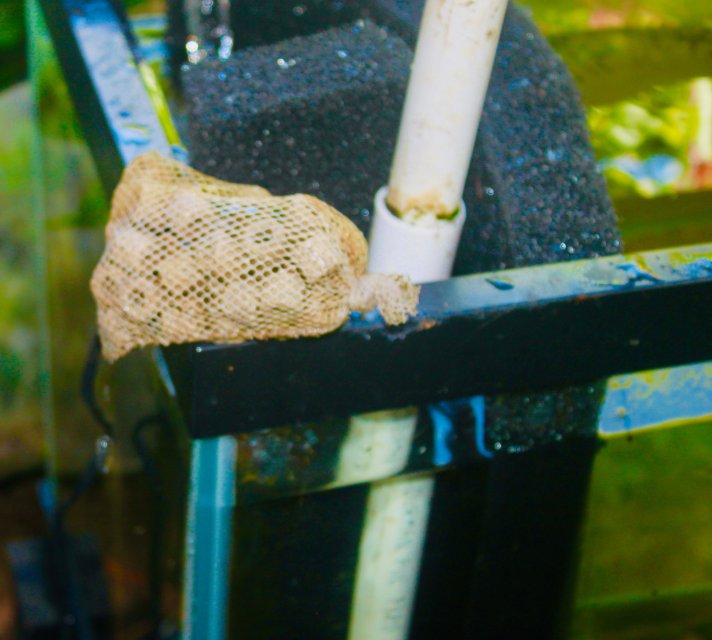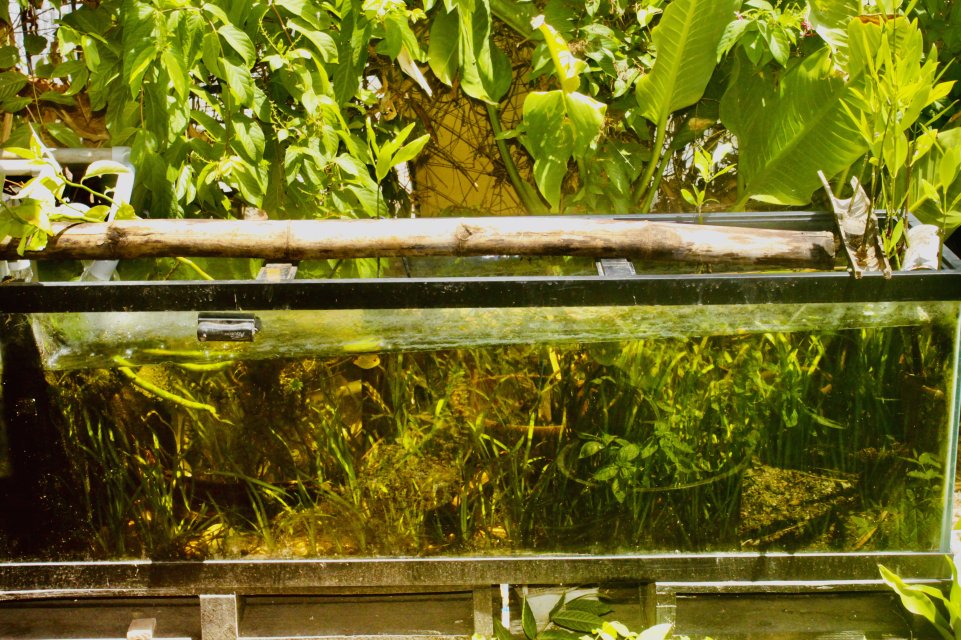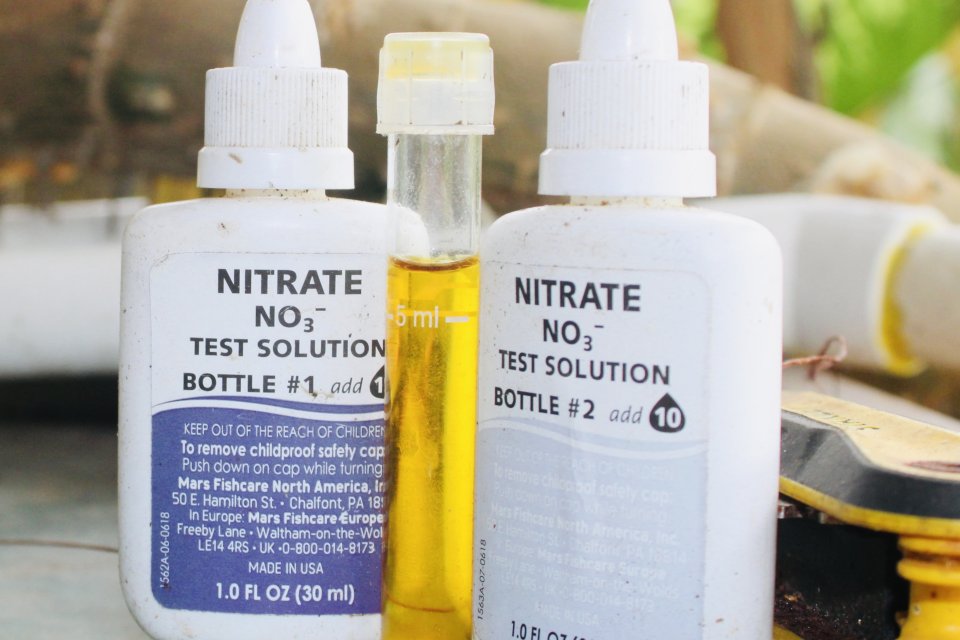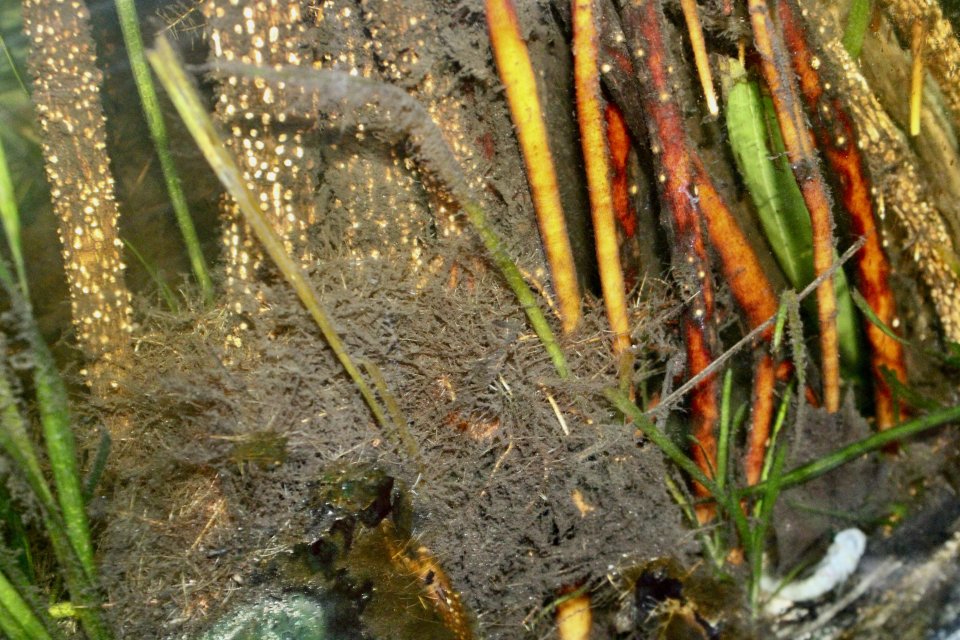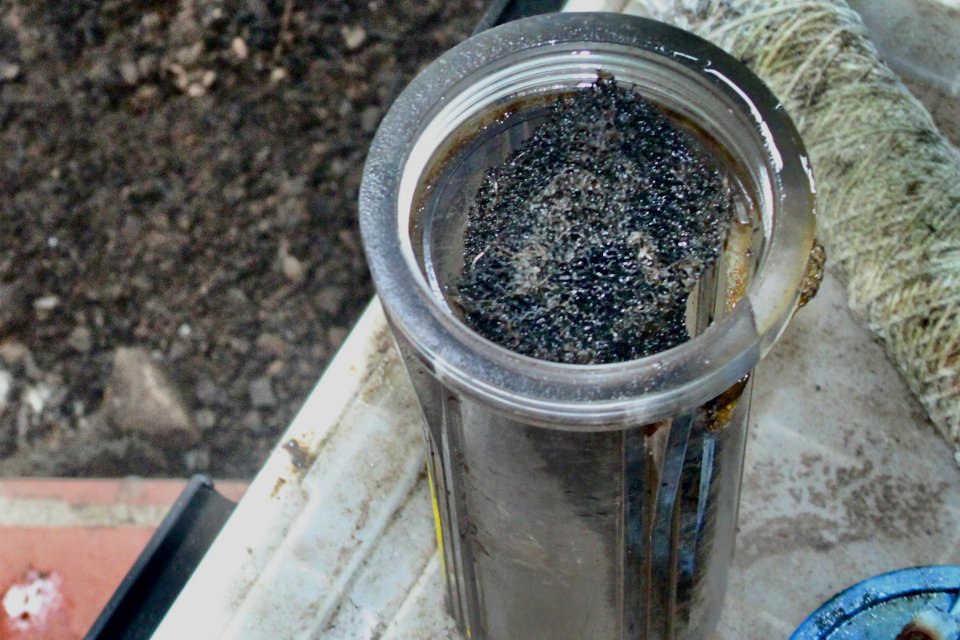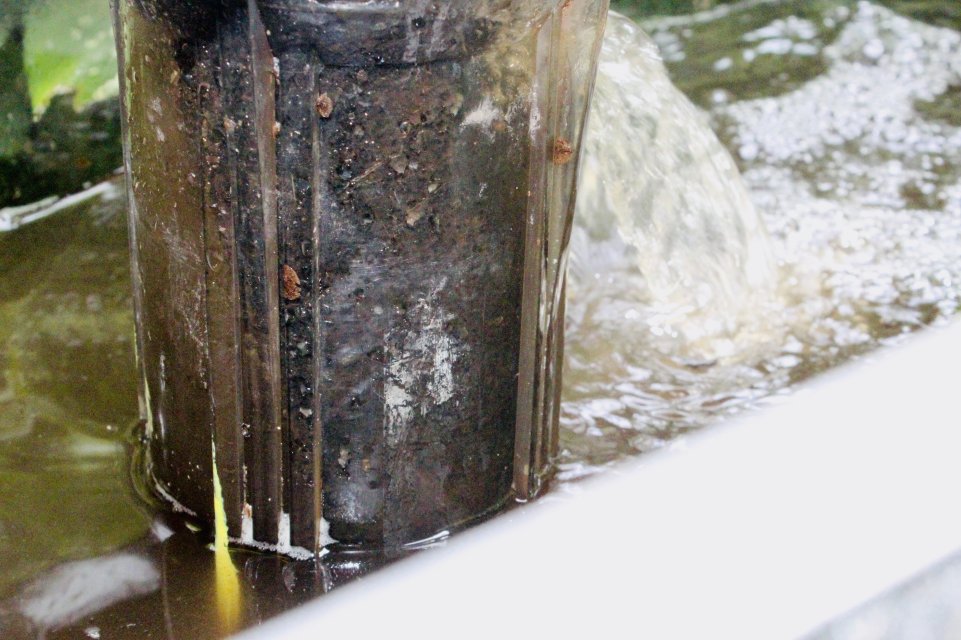yes yes there is probably many threads about filters and filtration but i wanted my own haha
So what filters are you using on what size tanks and what fish are you keeping.
I have always stood by the Fluval FX6, i find it easy to set up, easy to maintain and from what i read has probably the highest flow rate on the market.
So what filters are you using on what size tanks and what fish are you keeping.
I have always stood by the Fluval FX6, i find it easy to set up, easy to maintain and from what i read has probably the highest flow rate on the market.



